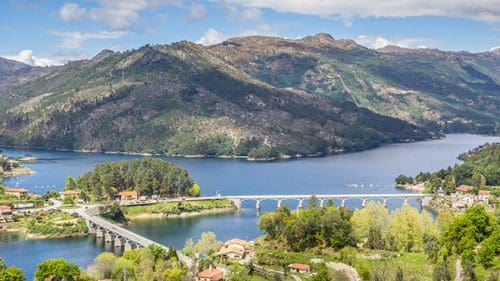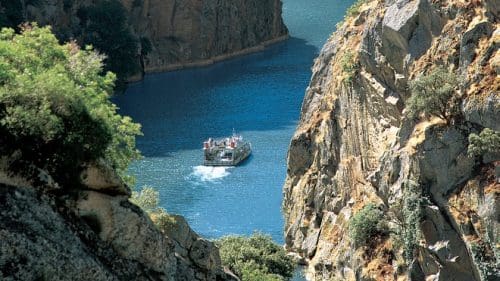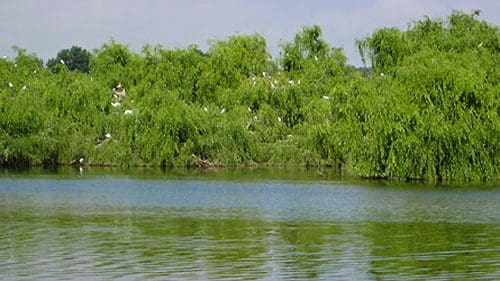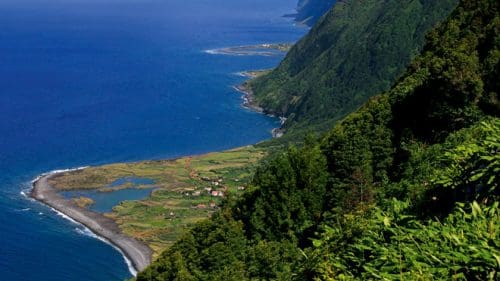In Portugal there are 12 areas classified by UNESCO as Biosphere Reserves.
Here the conservation of biological and cultural diversity is reconciled with economic and social development, maintaining the balance between people and nature.
These 12 natural spaces in Portugal are part of the World Network of Biosphere Reserves and are like living laboratories, their main objectives being the conservation of landscapes, ecosystems, and species, as well as their development in a sustainable manner at the social, economic, cultural, and ecological level.

Parque Nacional Peneda-Gerês © Shutterstock – Marc Venema
In the North of Portugal, there are two Biosphere Reserves divided by geographical borders, but united by the characteristics of nature and culture.
These are the Cross-Border Biosphere Reserve of Gerês-Xurés, which area in Portugal corresponds to the only National Park with an enormous wealth of fauna and flora, and the Cross-Border Biosphere Reserve of the Iberian Plateau, in the extreme northeast of the country, which includes the Natural Parks of Montesinho and International Douro and the Protected Landscape of the Azibo Lagoon.

Parque Natural do Douro Internacional – © Europarques
In the Central region of Portugal, the Paul do Boquilobo Nature Reserve, the first to be classified, is an alluvial plain of marshes and wetlands that is highly sought after by various species of birds, in which the white herons stand out.
In this region, there are two other Biosphere Reserves: the Berlengas Nature Reserve, a small archipelago in an almost wild state, and the Cross-Border Reserve of the International Tagus, an area that is spread over both banks of this great river that marks the border between Portugal and Spain and that on national territory coincides with the area of the Natural Park of the International Tagus.
Further south, in the extensive plains of the Alentejo, the Biosphere Reserve of Castro Verde is a mosaic of ecological systems, rich in habitats and species, in which a great variety of bird species stand out.

Reserva Natural do Paul do Boquilobo – © ICNF
Four of the nine islands of the Azores archipelago are Biosphere Reserves, a classification that also includes the surrounding marine areas.
In the western group, Corvo Island is sought after by a great diversity of migratory birds and has a high number of flora endemism, as well as the stunning landscape of the neighbouring Flores Island, where the water element is striking with its waterfalls and streams.
In the central group, this network also includes the Graciosa Island, which has a number of islets with important seabird colonies, and São Jorge Island, which has been designated as a Biosphere Reserve of Fajãs de São Jorge because of its more than 70 fajãs that originated in landslides or lava that extended into the sea.

Ilha de São Jorge (Açores) – © Publiçor
In the archipelago of Madeira, the Biosphere Reserve of Santana covers the entire area of the municipality, characterized by its rich flora inserted in the Laurel Forest, as well as the surrounding marine area, where the Marine Reserve of Rocha do Navio stands out.
The most recent Portuguese inclusion in this world network is the Biosphere Reserve of the Porto Santo Island, which has landscapes considered unique with an emphasis on the immensity of its beach, its rurality, the islets, and the surrounding sea.
Read More: Explore the World



